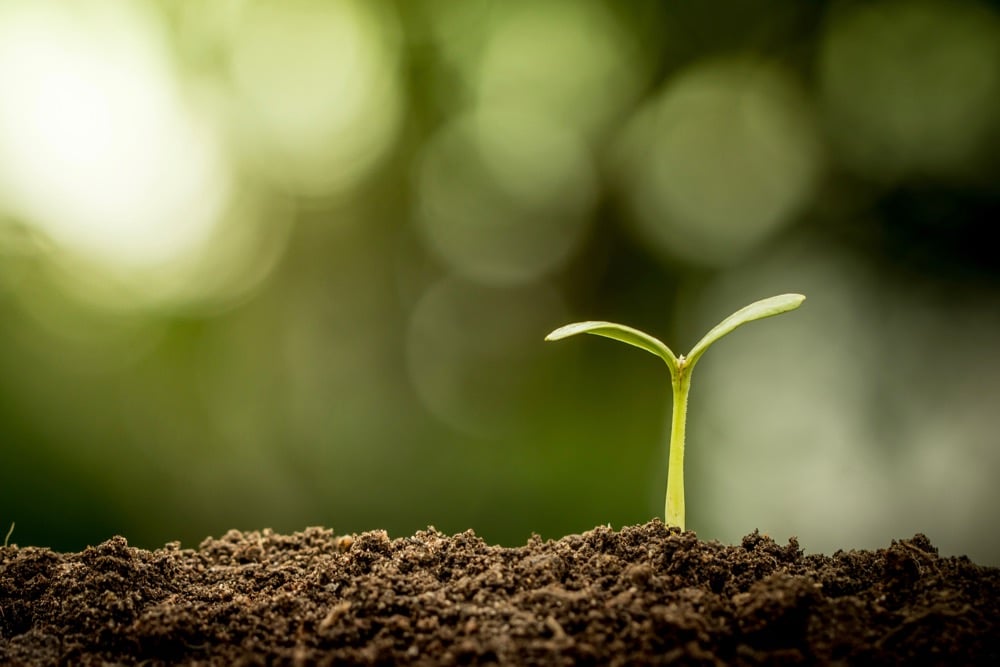We are several years into a crop price downturn and, inevitably, farmers who are increasing financially squeezed are asking for help from the government.
Once again, the federal and provincial governments appear to have been able to drag out any changes to business risk management programs until the point when crop prices have started to come back again.
This is a cycle, almost endless, although I hope each time I see it that the sector and government will figure out a way to help flatten out the financial pain from commodity markets.
Read Also

Ontario’s agri-food sector sets sights on future with Agri-Food 2050 initiative
The first-ever Agri Food 2050, a one-day industry event dedicated to envisioning the future of food and farming in Ontario,…
Corn last hit US$5 per bushel on the Chicago Board of Trade in 2014. The price of corn hit $4.19 per bushel in mid-October, which is the highest price in several years. It’s since settled down around the U.S. election.
We haven’t hit the low $2 per bushel of the early 2000s, but corn prices have been stuck lower than makes farmers happy for a while.
Soybean prices have also risen in the past couple of months, almost hitting US$11 per bushel at the end of October.
That’s better than the prices we’ve seen for five years.
This is also often the trend. Farmers hang on for several years, find that government support programs don’t help much and then they rise up with increasing tactics looking for government help at just about the time when prices start to rise again.
Our markets columnist reports that Ontario basis levels are rising due to local demand, even as commodity prices softened around the U.S. election.
There are some decent fundamentals in the market now, although their lifespan could be limited, including Chinese demand based on the U.S. trade deal and COVID-19 repercussions meaning more storage of staple crops.
Then there’s the usual inevitability that other trading partners, depending on their local politics are much more willing to pile billions of dollars into their farmers’ pockets.
That’s the case in 2020 again. Often the transgressor is Europe, but this time it’s the Americans, as the Trump administration played the socialist handing out $55 billion to farmers to mask his inability to open markets.
The increased buying by China due to Trump’s trade deal does show some promise to continue to raise crop prices, so the American subsidies might be able to slow up in 2021.
Where does this leave us in Ontario? There is now more of a national trend to push for changes to AgriStability. There’s little doubt the program doesn’t work for farmers and it hasn’t for a while, as shown by the gradual decline in farmer enrollment.
Why put up premiums if it’s never going to pay out for you? That’s why Grain Farmers of Ontario (GFO) and others across the country are looking for a return to a program trigger at 85 per cent of long-term reference margins.
GFO and other groups across the country are also looking for a removal of reference margin limits.
The next federal-provincial-territorial agriculture ministers’ meetings have continued to be delayed because of various reasons including COVID-19 and provincial elections, but I expect the backroom discussions that could add hundreds of millions to the program, are challenging.
Governments like to create programs that are one-size-fits-all, but agriculture especially is way too complicated for that.
That also means slower movement when there’s a problem.
The government handout lobbying isn’t a great look for agriculture, and luckily it only happens when the situation gets dire.
The other factor in the current climate is that Dairy Farmers of Canada is also pushing for the payout of more than a billion dollars over eight years to help manage through trade deal implications.
There’s plenty of debate over supply management, but over the years, dairy farmers have been able to say they haven’t been subsidized by governments. That’s now changed and it’s a concerning hole in the story for the future of supply management.
So we’re now back to the apex of lobbying and the hands are out, and it’s not just farmers involved in commodity crop and livestock production.
I keep hoping we won’t get to this point again, but we always do.















